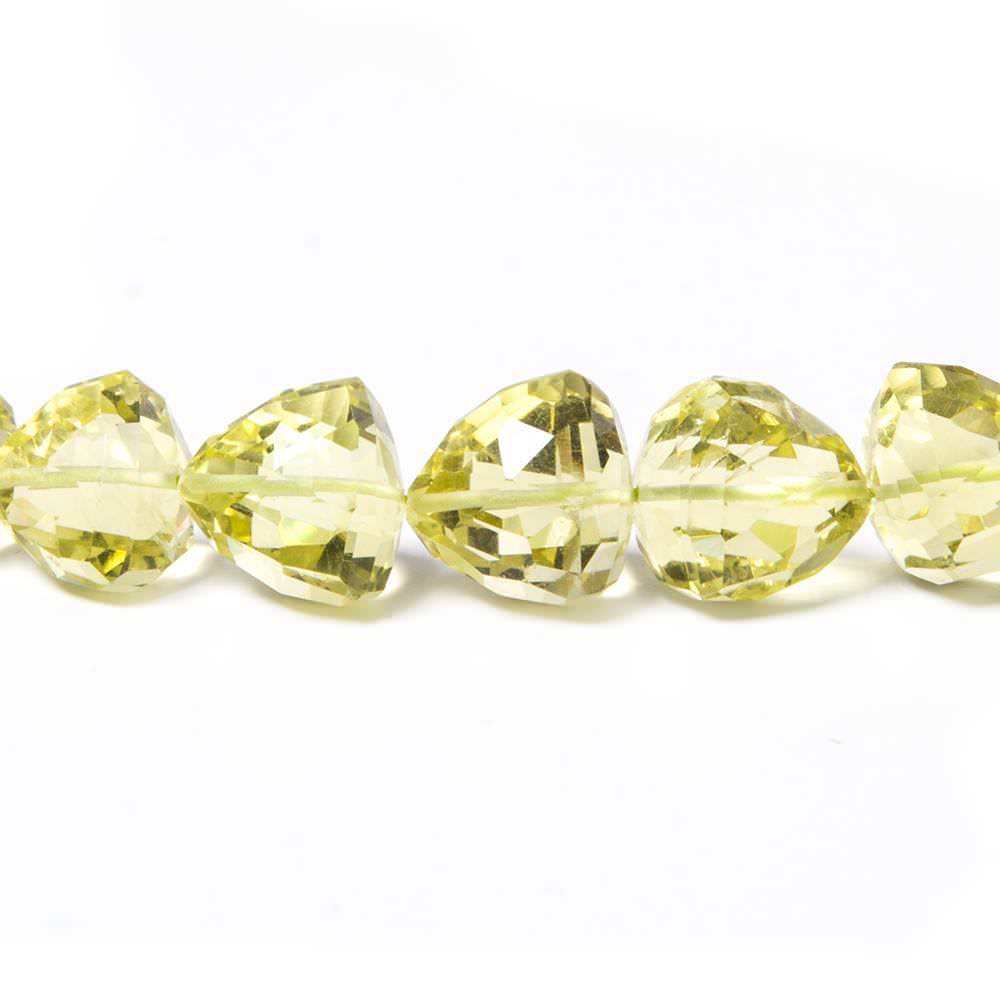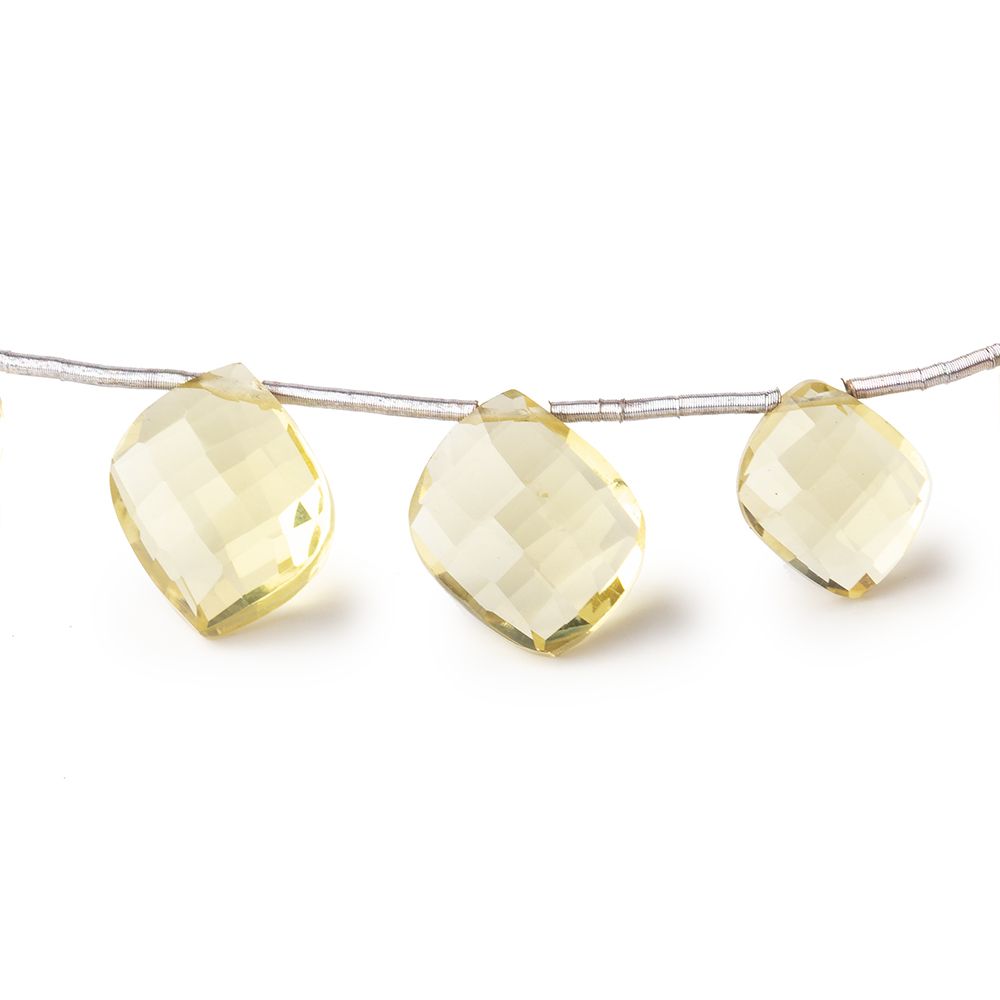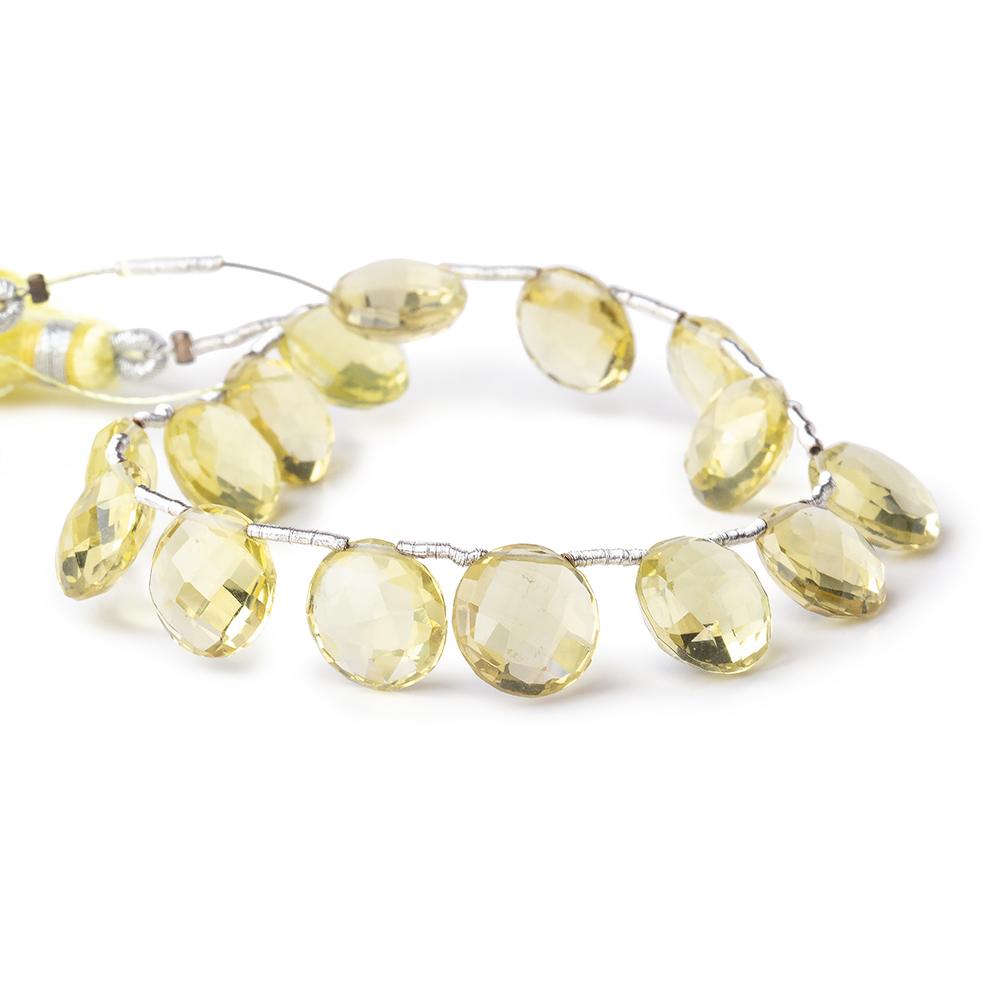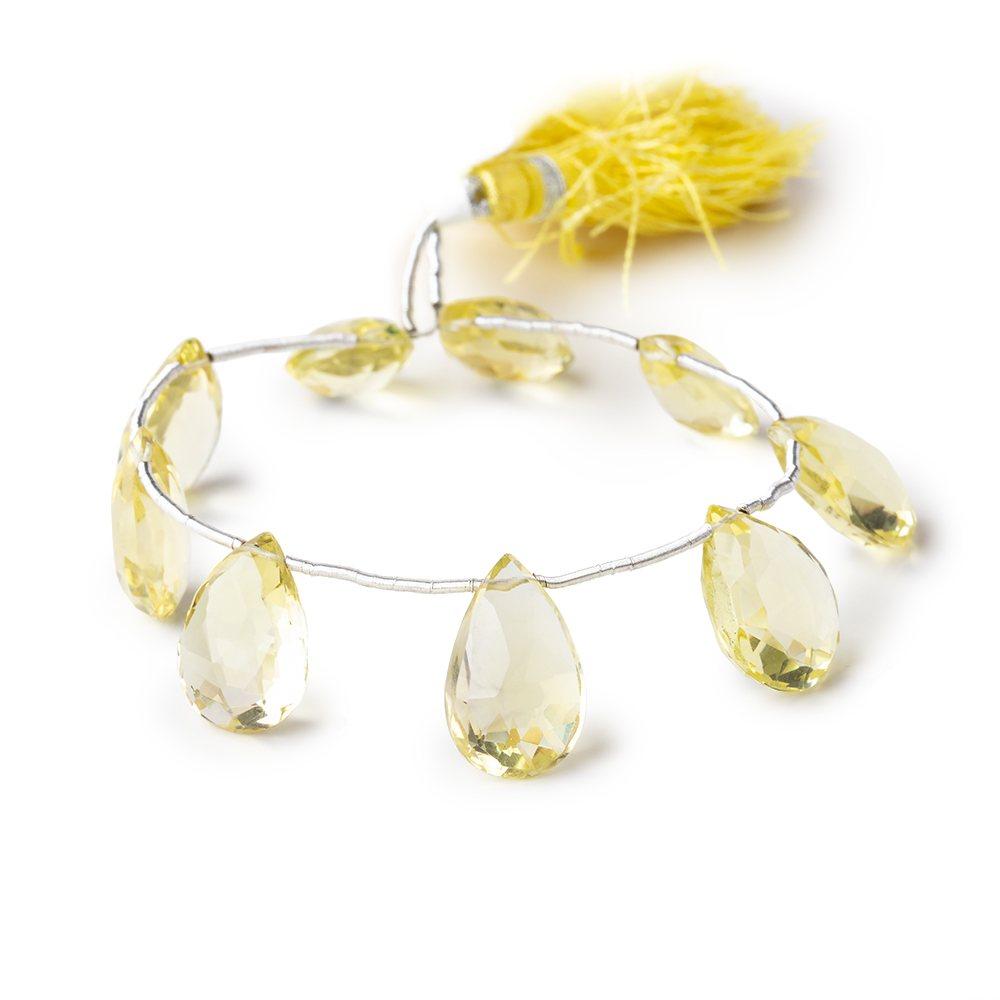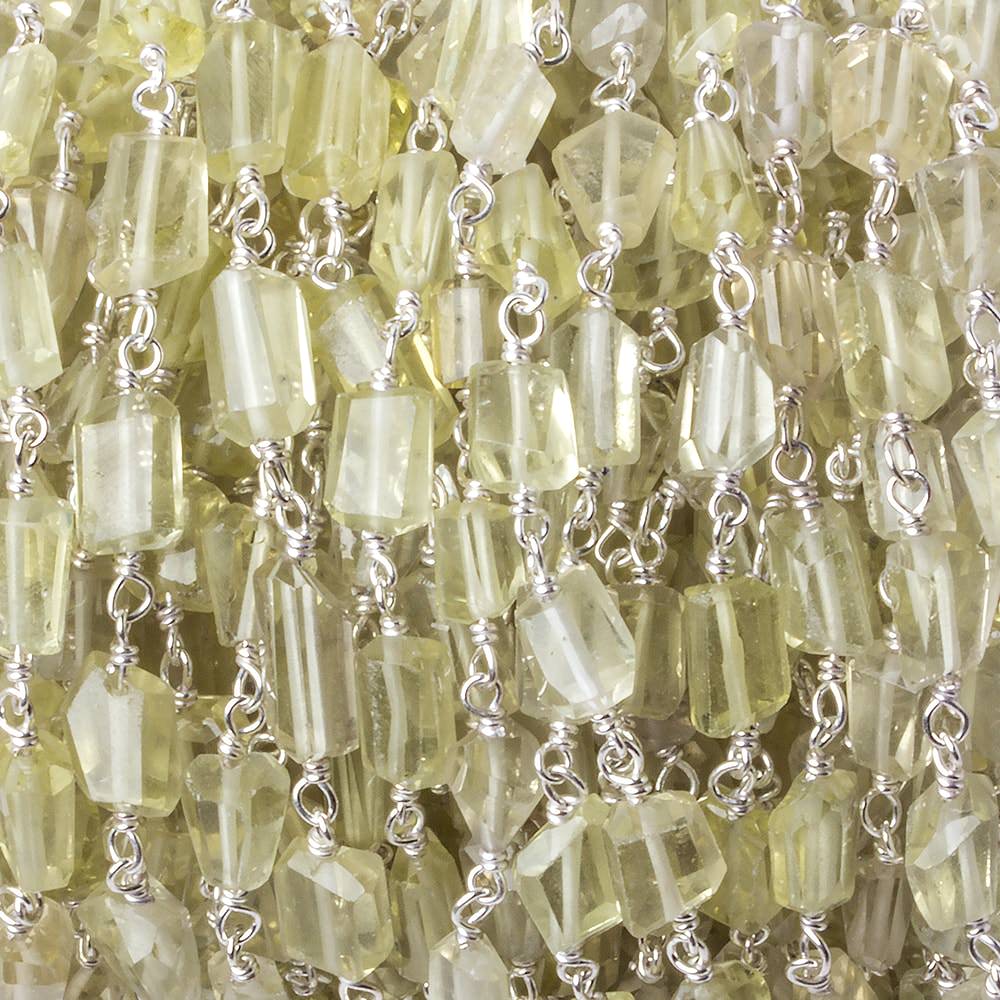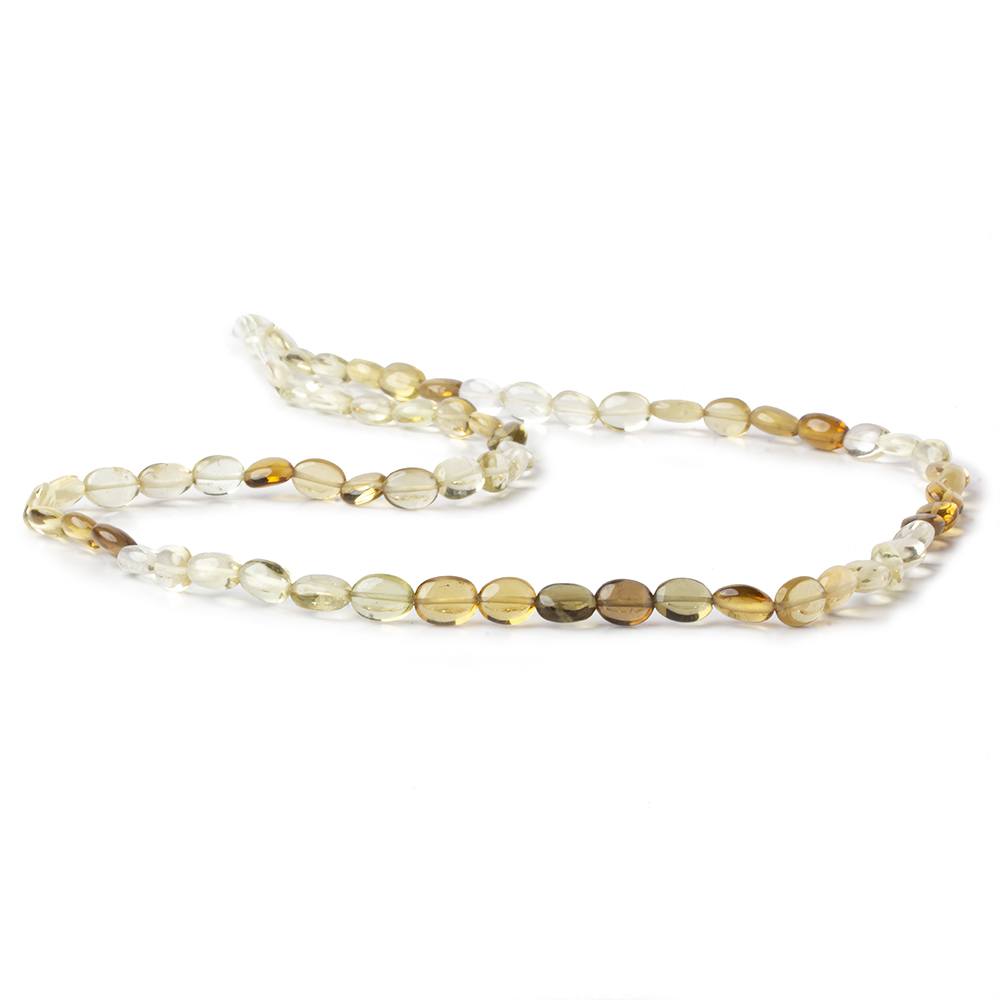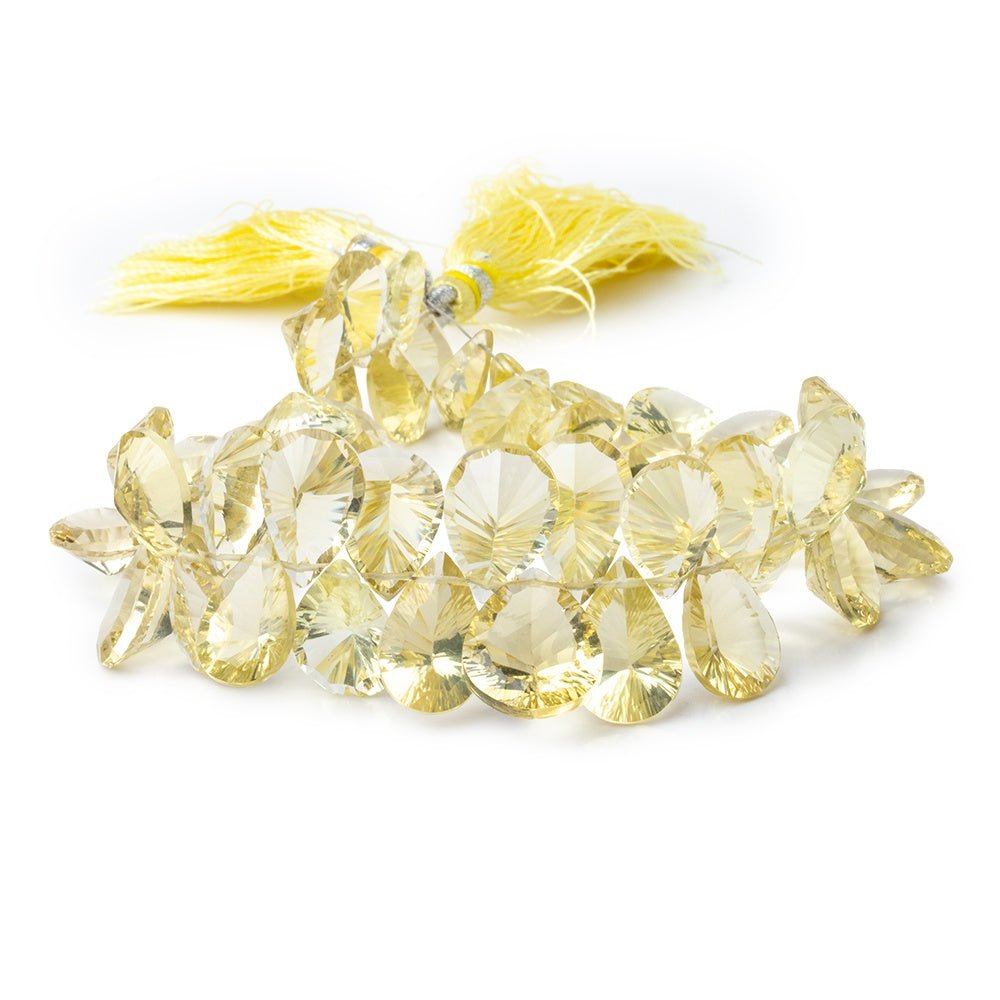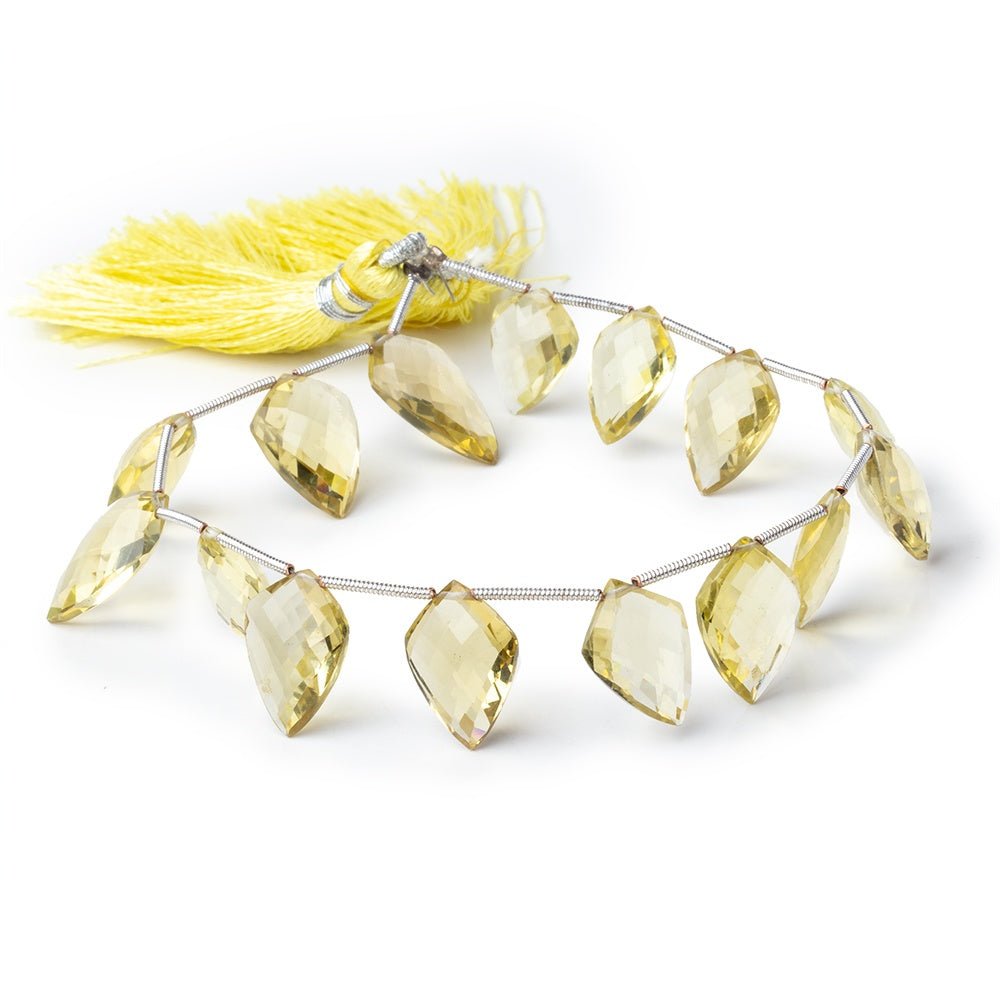Lemon Quartz Beads
The enticing yellow of the Lemon Quartz Beads might tempt a taste, but they are better suited for jewelry pieces like necklaces, bracelets, and earrings! This quartz variety boasts a clear shade of yellow with a hint of green in it. With a hardness rating of 7, the beads are durable for daily wear. Predominantly from Brazil, the stone is also found in North America, Europe, and Africa.
What Are Lemon Quartz Beads?
Found in abundance across the planet, quartz primarily comprises silicon. Its diverse hues come from added elements. Lemon quartz jewelry, lemon topaz, or green gold has a subtle sunshine to vibrant golden lemon shade look. Its striking color is a result of iron blending with silicon.
Learn more about Lemon Quartz Beads
History Of Smoky Quartz
Due to the presence of iron hydroxide or oxide ions in its structure, quartz exhibits a variety of colors, including yellow.
Lemon quartz natural, as opposed to natural yellow quartz, is created by heat-treating yellow quartz, amethyst, and iron particles. The quartz and minerals used to make the stone have an impact on its color; Brazilian quartz gives the stone the well-known lemon hue.
Experiments by gemologist Mark Liccini resulted in "Ouro Verde," or green gold, a vivid quartz variant. Lemon quartz beads, also known as lemon citrine and Sun Stone, were created in the late 20th century via irradiation and heat treatment.
Where Does Lemon Quartz Come From?
Raw lemon quartz is mainly derived from amethyst and yellow quartz mining in Brazil, with heatable amethyst resources discovered in Arizona.
Benefits Of Wearing Lemon Quartz Beads
High-quality smoky quartz is widely used to adorn lemon quartz jewelry because of its appeal and endurance. Its attraction extends beyond aesthetics. The lemon quartz bracelets, or other jewelry pieces, can store sun energy and promote spiritual growth by encouraging positivity and inner equilibrium. It acts as a protective amulet against harmful energy.
Why Choose Beads of Cambay To Buy Lemon Quartz Beads?
You know you're getting a good deal when you buy beads and gemstones from Beads of Cambay. Our bulk packages assure cost-effective materials, allowing you to purchase all your beading supplies from our collection at the best rates in the market.
Lemon Quartz Beads - Frequently Asked Questions
Is Lemon Quartz Rare?
While not as rare as diamonds or sapphires, this gem is widely available and can be bought from jewelry stores and online retailers, with costs varying according to size and quality. Despite their popularity, these stones make beautiful jewelry and have healing properties.
How Do You Tell If Your Lemon Quartz Is Real Or Fake?
A comprehensive inspection is required to authenticate it. Look for inclusions or crystal patterns that are typical of natural quartz. Be wary of variants that combine lemon quartz beads and amethyst, as they can be deceiving. Examining uncommon traits might help you distinguish between authentic and fraudulent specimens.
Examining the cut and polish is another way. Natural stones frequently have slight defects, but imitations may appear flawless or symmetrical. When pressed against the skin, genuine stones feel rougher than manufactured ones.
What Is Lemon Quartz Good For?
This versatile lemon quartz stone has a wide range of applications. It is ideal for decor and jewelry. Its metaphysical properties enable energy balancing among people or spaces. Its precision quartz movements suit scientific applications such as clockmaking and watch maintenance.
The beauty of lemon quartz is often enhanced by combining it with other stones or metals.
What Makes Lemon Quartz Yellow?
The yellow tint of lemon quartz beads comes from the iron content within their crystal structure. Depending on the level of iron, it can be light or dark.
What Is The Difference Between Lemon Quartz and Citrine?
Despite being yellow stones, lemon quartz, and citrine are not the same in origin or color. Transparent quartz undergoes chemical and thermal processing to produce lemon quartz. In contrast, citrine is a natural stone with a yellow to brownish-orange tint derived from iron in its crystal structure. Citrine beads have a deeper yellow tone than lemon quartz and are more valuable because of their natural origin.
How To Care The Lemon Quartz?
These brilliant yellow gemstone beads must be handled carefully to maintain their radiance and luster. Please keep it away from bright light sources to prevent fading.
Use a delicate silk cord to reduce stone wear when making jewelry with lemon quartz beads. Avoid using harsh chemicals, such as fragrances and cleaning solutions. Handle it with care.
Conclusion
Finally, let the vivid Lemon Quartz Beads serve as an inspiration for your jewelry designs. With a hardness rating of 7, these beads from Beads of Cambay offer durability for daily wear. Originating mainly from Brazil, they showcase a beautiful yellow hue with a hint of green.
Lemon quartz beads, also known as lemon citrine and sunstones, have a fascinating history involving heat treatment. Beyond their beauty, these beads are believed to store sun energy, promote spiritual growth, and act as a protective amulet.
Shop confidently with Beads of Cambay, known for cost-effective bulk packages and premium quality. Discover the beauty and benefits of using lemon quartz beads in your designs. For more information, check our FAQs on rarity, authenticity, applications, and care. Elevate your creations with the radiant energy of lemon quartz beads from Beads of Cambay, where quality meets affordability.
Hear what customers are saying about our service and products!
We are rated 4.9 out of 5 stars. 3000+ Five-Star Reviews.






